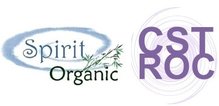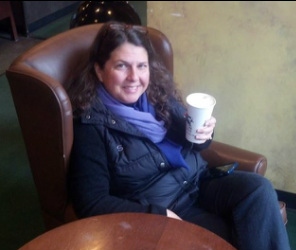Most health articles focus on what you put into, do to, or do with your body. In addition to eating good food and getting regular exercise, you maintain a heathy body by fostering healthy social connections. Community relationships help us process difficult moments with resilience, allowing stress to leave the body instead of creating a chronic toxic environment. Community relationships also keep our social and intellectual skills growing and changing, allowing our brains to age with more agility.
Stress is regulated in the body by the autonomic nervous system (ANS). Until recently the ANS was thought to have two main parts: the fight or flight branch and the rest and digest branch. Researcher Stephen Porges has discovered a third branch that monitors and responds to vocalizations and nonverbal cues from the people around us. According to Porges, this “tend and befriend” branch is the most recently evolved part of the ANS. When we experience a stressful event, we first look to the people around us for a compassionate response. If we are able to make a compassionate connection with another person in the initial moments of stress, then the stress response can dissipate. The body senses safety and can enter its healing mode.
Even people who consider themselves shy or introverted need intimate moments with people who are considered safe to process stress. We find these intimate relationships in a number of places: family, school, church, workplace, neighborhood, etc. We can turn to health care professionals after the fact if we have a chronic issue. But in an emergency we can benefit from a warm, loving and caring response from a stranger if that is the only person we have available.
When I was seven years old I was in a car crash within a mile of my home. My mother’s car was hit by a drunk driver right next to the baseball field where the neighborhood boys were playing. It was a bad crash and my mother was badly hurt. Right after the crash the boys came to the car and helped me and my little sisters out. The secretary from my elementary school lived across the street. She sat with me and my sisters as we watched the ambulances come and take my mother and the other driver away.
Because of the safety offered to me by the secretary’s kindness, what might have been a terrifying moment for me became manageable. The initial adrenaline surge of the crash moment was able to dissipate because my body was able to settle and feel safe. If I had felt unsafe, the adrenaline would have continued to surge, keeping my body in a fight or flight state or overwhelming me completely until I froze or disassociated.
Heart health researchers have found that feeling compassion and expressing kindness is good for the heart. Now Porges has found that being on the receiving end of that kindness and compassion ends the stress response. Compassion is our healthful gift to each other.


 RSS Feed
RSS Feed